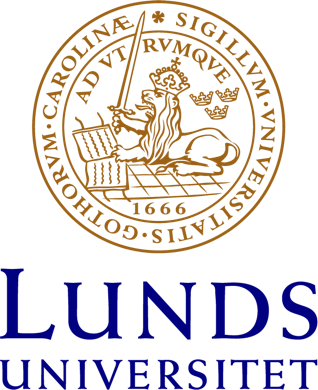2015-09-17
Usa Pruethichaiwiboon
Mahidol University, Thailand
Space is fundamental to human existence, and has a great influence on human thinking. Spatial language is an important area of study, as it may reveal fundamental properties of human thought. Still, spatial concepts differ across languages, suggesting significant cultural patterning of spatial conceptualization (Levinson, 2001). Different form-classes such as verbs, adpositions, nouns and adverbs participate in their expression. Additionally, an equally interesting aspect is to investigate how metaphorical usages of spatial terms operate.
Although there exists previous research on spatial terms both in Thai and Vietnamese (Zlatev 2003; Tran 2004; Pace 2009;Fukham 2012), what is missing is a comparative analysis for these languages. In mytalk, I will mainly discuss static spatial terms in Thai and Vietnamese, focusing on expressions of SUPERIOR/INFERIOR and INTERIOR/EXTERIOR regions. I use the Holistic Spatial Semantics (HSS) framework, which proposes seven universal semantics categories (Trajector, Figure, Motion, Frame of Reference, Region, Path and Direction) with language specific values, and many-to-many mapping between these and form classes (Zlatev 1997, 2003; Blomberg 2014). Secondly, I will illustrate metaphorical usages of these static spatial terms in non-spatial domains by using cognitive semantics approaches (Lakoff 1987, 1990;Brugman1981; Langacker 1990;Talmy 2000).
The study should help us to better understand the interactions between language and human experience, in exploring similarities and differences in how languages construe space. In addition, it may be beneficial for teaching Thai and Vietnamese to non-native speakers.
Mahidol University, Thailand
Space is fundamental to human existence, and has a great influence on human thinking. Spatial language is an important area of study, as it may reveal fundamental properties of human thought. Still, spatial concepts differ across languages, suggesting significant cultural patterning of spatial conceptualization (Levinson, 2001). Different form-classes such as verbs, adpositions, nouns and adverbs participate in their expression. Additionally, an equally interesting aspect is to investigate how metaphorical usages of spatial terms operate.
Although there exists previous research on spatial terms both in Thai and Vietnamese (Zlatev 2003; Tran 2004; Pace 2009;Fukham 2012), what is missing is a comparative analysis for these languages. In mytalk, I will mainly discuss static spatial terms in Thai and Vietnamese, focusing on expressions of SUPERIOR/INFERIOR and INTERIOR/EXTERIOR regions. I use the Holistic Spatial Semantics (HSS) framework, which proposes seven universal semantics categories (Trajector, Figure, Motion, Frame of Reference, Region, Path and Direction) with language specific values, and many-to-many mapping between these and form classes (Zlatev 1997, 2003; Blomberg 2014). Secondly, I will illustrate metaphorical usages of these static spatial terms in non-spatial domains by using cognitive semantics approaches (Lakoff 1987, 1990;Brugman1981; Langacker 1990;Talmy 2000).
The study should help us to better understand the interactions between language and human experience, in exploring similarities and differences in how languages construe space. In addition, it may be beneficial for teaching Thai and Vietnamese to non-native speakers.
